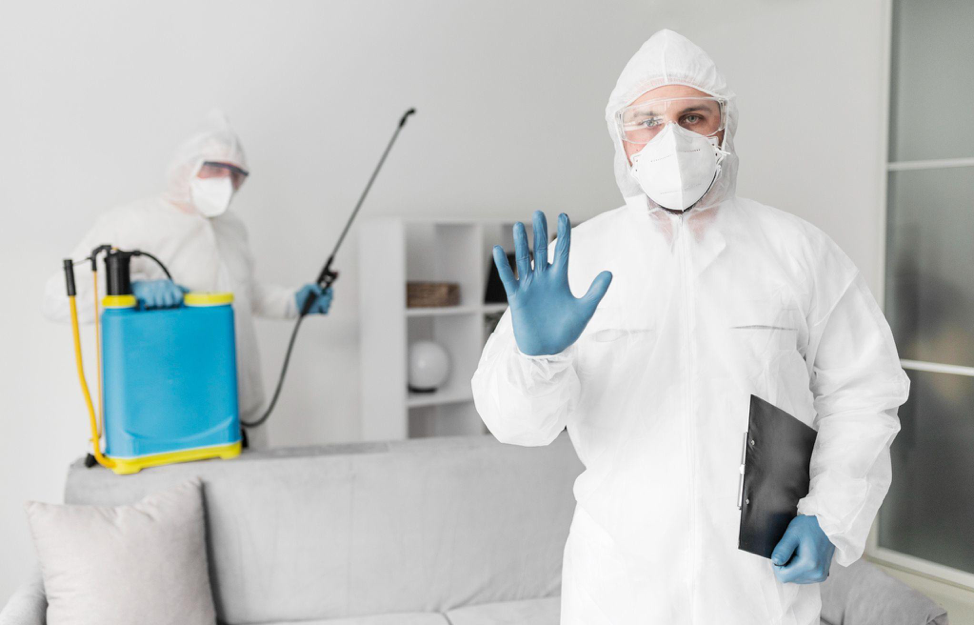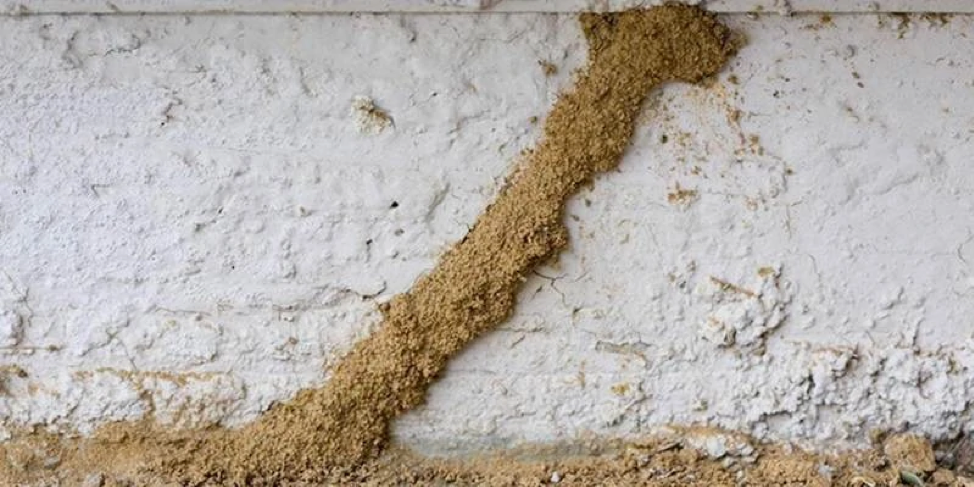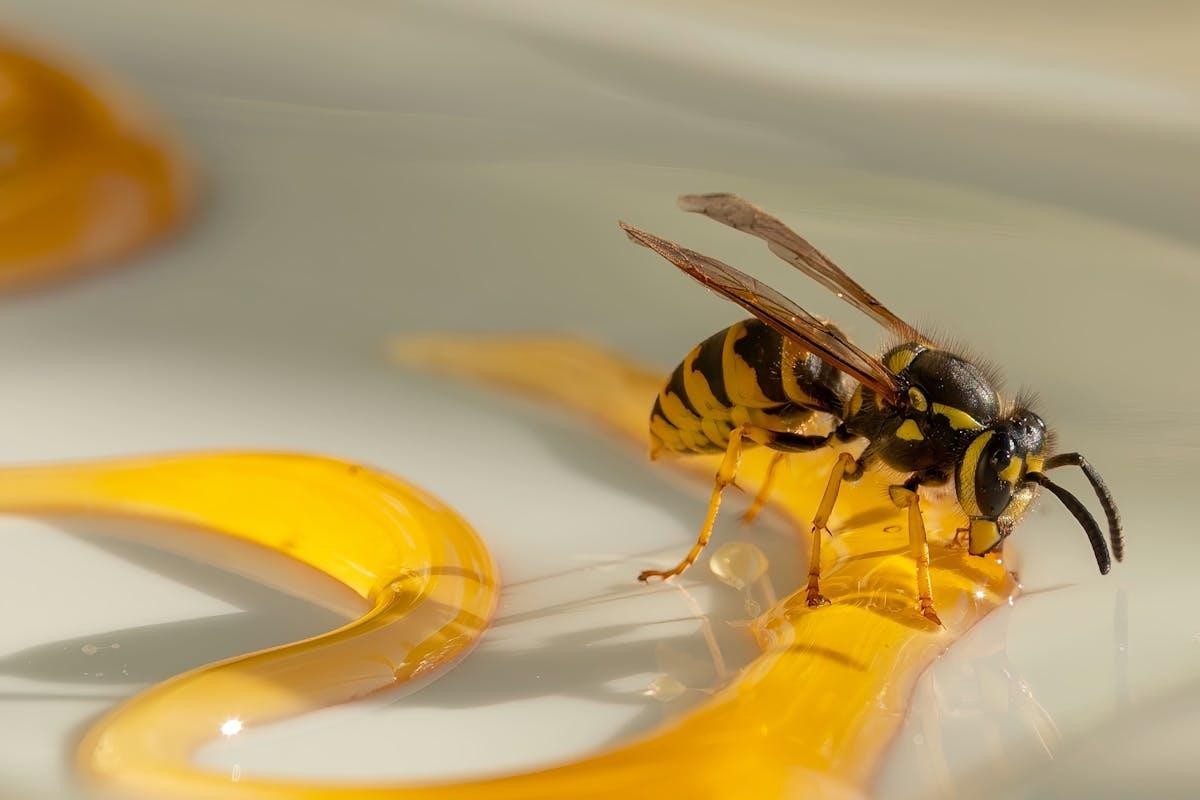Ever wake up in the morning, thinking you’ve been bitten by the world’s tiniest vampires? Surprise! Those little red welts might be from bedbugs, not mosquitoes.
At NH Pest Control, we know how disturbing it is to find an infestation. That’s why we have taken it as our goal to assist you in bed bug identification and provide you with the best methods to get rid of them. No tricks, just tested methods for safeguarding your home and giving you peace of mind.
A whopping 97% of pest control professionals handled bedbugs last year, according to a 2025 National Pest Management Association survey. Trending on the rise in infestations are major metropolitan areas such as Toronto and Vancouver, where increased awareness is more crucial than ever.
By going through this blog, you will know how to detect bedbugs, why they exist, and how to get rid of and eliminate them efficiently. Let’s move on to doable steps to make your house bed-bug-proof and your night scratch-free!
What are Bedbugs?
Bedbugs are tiny, reddish-brown insects that feed on human blood. They are nocturnal, sheltering during the day in cracks, crevices, and in furniture. Bedbugs come out to bite and feed at night. Bedbugs don’t spread diseases, but their bites can lead to itching, irritation, and allergic reactions.
Where are They Located?
- Homes & Apartments: Bedbugs prefer to inhabit wall crevices, carpets, or furniture seams.
- Hotels & Hostels: High-activity zones and common living areas are preferred locations for infestation, so it’s easy to pick up while travelling.
- Public Transport: Bedbugs even catch a ride in trains, buses, or cinemas, attaching themselves to bags or clothing.
How to Identify Bedbugs [Signs to Look For]
Identifying the early signs of bedbug infestation is important for quick prevention. The earlier you are able to spot them, the sooner you can act. You can refer to the information provided below and use this section as a bed bug identification guide.
1. Visible Bedbugs
Adult bedbugs are about the size of an apple seed (5-7 mm in length), flat, and oval. When they are fully fed, they may be darker, nearing a reddish-brown colour.
Eggs and Nymphs: Bedbugs’ eggs are pinhead-sized, white, and small. The nymphs or young bedbugs are pale yellow or clear until they feed and become darker.
2. Blood Stains and Faecal Spots
Bedbugs feed on blood, and their activity tends to leave traces behind. Check for blood spots on bedding or furniture, resulting from a bed bug that has been accidentally crushed while feeding. Faecal spots (dark, rusty-colored spots) are also indicative, usually seen along mattress seams, furniture, or baseboards.
3. Shed Skins
As bedbugs moult, they shed their exoskeletons. These see-through skins will usually be found around where the bugs are hiding.
4. Musty Smell
There is often a musty, sweet smell in heavy infestations. The smell comes from the bedbugs’ scent glands, which are employed to chat with each other.
What Does a Baby Bedbug Look Like?
Well, if you are doubtful about what a baby bedbug looks like, you must be aware that a baby bedbug, or nymph, looks like an adult but is lighter and smaller. They are pale yellow or translucent when they first start, and they gradually become reddish-brown with age after feeding.
Because of how pale and small they are, nymphs are difficult to notice and tend to lie deep within cracks and crevices.
Baby bedbugs dine often, having to moult several times before they become adults. Thus, getting them early and putting an end to the infestation before maturity is essential in avoiding an epidemic.
How to Recognise Bedbug Bites?
Usually, tiny, red welts define bed bug bites. Usually positioned in groups or a line, some bites will come in close clusters along visible regions of skin.
How to Find Bed Bug Bites:
- Bites on the face, neck, arms, and legs are sometimes discovered on areas of the body not covered during sleep.
- Red, itchy welts that can appear some hours following a bite. The bites themselves may appear similar to a mosquito or flea bite, but with a distinctive pattern.
- Swelling will typically be found at the sites of bites and become immensely itchy.
Even though bedbugs are not disease-transmitting, their bites are a bit painful, and several people are allergic to the bites.
Best Ways to Get Rid of Bedbugs [Effective Techniques]
For those experiencing this problem and concerned about how to get rid of bedbugs, it’s essential to act quickly before they infest your entire home. If you know for sure they are present, you must try out some effective remedies. Elimination of these can be accomplished as follows:
1. Techniques for DIY
- Wash and dry all fabrics, bedding, clothes, etc., for at least 30 minutes, as bedbugs can’t survive at high heat (60°C/140°F).
- Use an HEPA filter-equipped vacuum to thoroughly clean gaps, cracks, and seams in furniture, walls, and flooring. Removing bedbugs from your surroundings starts with vacuuming.
- Sprays designed for bedbugs: They can be used on infested furniture, mattresses, and other places. To guarantee efficacy and safety, always adhere to the product instructions.
2. Professional Help
It is advisable to contact a professional pest management company if the infestation is extensive. Powerful techniques they have include insecticides, other specialist equipment that can eradicate bedbugs from hard-to-reach regions.
Additionally, heat treatments raise the temperature in your home to levels deadly to bedbugs.
How to Prevent Bedbugs from Returning
Once bedbugs have been eliminated, precautions must be taken to ensure their non-resurgence. To learn how to prevent bedbugs, refer to some of the tried-and-tested tips and keep them away from returning to your home.
1. Inspect Home Frequently
Look for bedbug signs in your mattresses, furniture, and bags often. This is especially important if you have just stayed in hostels or hotels or travelled.
2. Apply bed bug mattress covers
Encasing your mattress and box spring in a bed bug-proof cover keeps any remaining bedbugs from escaping or new ones from entering.
3. Seal Crevices and Cracks
Don’t allow bedbugs to hide and reproduce by covering all cracks in furniture, baseboards, and walls. The most difficult places to find are in the tiniest cracks.
4. Travel Carefully:
Look over your hotel room carefully while you are on vacation. Storing your bags off the floor and away from the bed with luggage racks will help you.
5. Use Bed Bug Sprays
Spray your bags, baseboards, and furniture often with bedbug powder or spray to repel or eradicate any potential bedbugs before they infest your house.
Conclusion
Bedbugs might appear as a minor annoyance, but if not addressed immediately, they can easily develop into a complete infestation. Prompt bed bug identification, rapid response, and regular prevention are the secrets to keeping them away from your premises.
With the steps outlined in this guide, you can safeguard yourself and your loved ones against these unwanted visitors and maintain a calm, bug-free sanctuary.
Stay vigilant, act fast, and reclaim your sleep, one step at a time!
Frequently Asked Questions
1. How do you prevent and detect bedbug infestation?
Look for signs such as blood spots, faeces spots, shed skins, and actual bedbugs in seams and crevices. To prevent infestation, inspect your home regularly, especially after visits away from home, and use protective mattress encasings.
2. What is the most effective way of eliminating bedbugs?
Heat treatment (high-temperature washing and drying), vacuuming, and chemical bedbug sprays are effective means of getting rid of bedbugs. For severe infestations, professional pest control services may be needed.
3. What are bedbug control and prevention measures?
Control entails elimination of the infestation by heat treatment, cleaning, and the use of pesticides. Prevention involves periodic inspections, mattress encasements, sealing of cracks, and a clutter-free environment.
4. How to detect bedbugs and eliminate them?
Check for small, flat, reddish-brown insects, blood spots, and faecal spots on the mattress. Use heat, vacuuming, and professional treatments to eradicate them, and use preventive methods to avoid their return.






